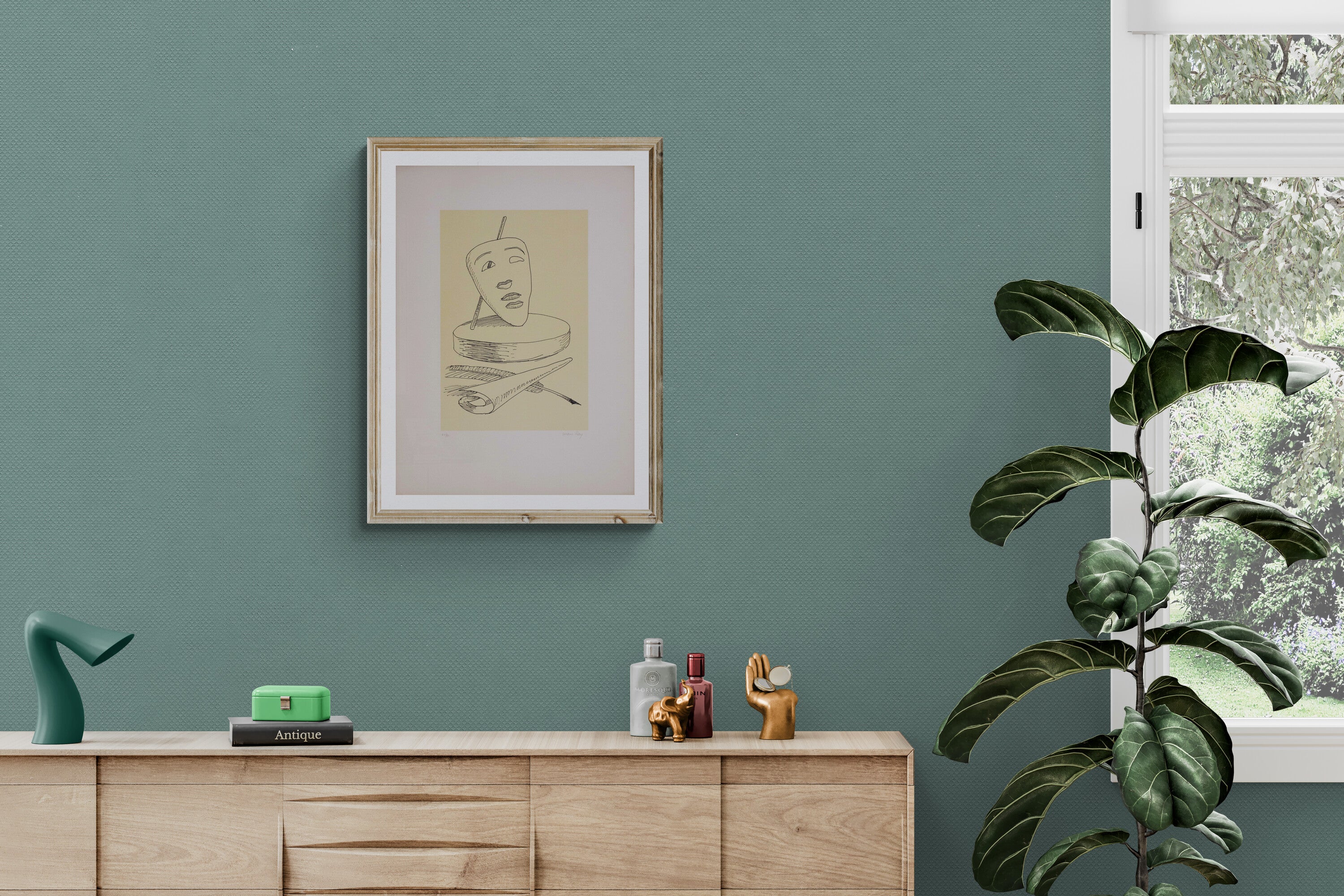Salvador Dalì biography
SALVADOR DALI' PAINTER

Salvador Dalì was a painter and Spanish sculptor. He was born in Figueres in 1904 to a wealthy bourgeois family.
In 1919 during a vacation in Cadaqués with the family of Ramon Pichot, a local artist, he approached modern painting. The following year, Dalí's father organized an exhibition of his charcoal drawings at the family residence.
In 1922 Salvador Dalí moved to Madrid where he enrolled at the Academia de San Fernando. During this period he stayed at the Residencia de Estudiantes where he was noticed for his eccentric and extravagant attitude and for his first paintings influenced by Cubism.
During his stay at the Residencia he formed strong friendships with Pepín Bello, Luis Buñuel and Federico García Lorca and approached Dadaism which influenced him throughout his life.
In 1926, shortly before taking his final exams, Salvador Dalí was expelled from the Academy for stating that no one at the institute was competent enough to examine someone like him. In the same year he made his first trip to Paris where he met Pablo Picasso, towards whom he had boundless admiration.
In 1929 the artist collaborated on the screenplay for the short film Un chien andalou by surrealist director Luis Buñuel. In the same year he met his future muse and wife Gala, then wife of surrealist poet Paul Eluard. Also in 1929 he joined Surrealism and became part of the Montparnasse surrealists group.
In 1931 Salvador Dalì painted one of his most famous works, The Persistence of Memory, the surreal symbolic image of soft clocks about to melt; the melting clocks represent memory, which weakens and loses strength over the years.
In 1934 the painter entered the American art market introduced by art dealer Julian Levy. His New York exhibition, which included The Persistence of Memory, immediately caused a stir and interest.
In 1936 he participated in the International Surrealist Exhibition in London. He arrived at his presentation lecture, titled Fantômes paranoïaques authentiques, dressed in a diving suit and helmet, holding a billiard cue and with two Russian greyhounds on leashes.
At this time Salvador Dalí's main patron was the very wealthy Edward James, who financially supported him for two years and whom the artist portrayed in his painting Swans Reflecting Elephants. The two became good friends and from their collaboration came the artist's most iconic works, the Lobster Telephone and the Mae West Lips Sofa.
In 1939 André Breton, who began harshly criticizing, along with other surrealists of the time, the work of the famous artist, coined the derogatory nickname Avida Dollars for the Spanish painter, an anagram of Salvador Dalí that can be translated as greedy for dollars. This was a way to mock the increasing commercialization of Dalí's works and the perception that Dalí himself sought to enlarge his figure through fame and money. Some surrealists from then on spoke of Dalí only in the past tense, as if he were dead.
World War II broke out in Europe and the Dalí couple moved to the United States, where they lived for eight years.
At the end of the war, in 1951 Salvador Dalí returned to live in his beloved Catalonia. The choice to live in Spain, while it was still governed by Franco, attracted harsh criticism from progressives and several other artists.
In 1960 Salvador Dalí began working on the Dalí Theatre-Museum in his hometown of Figueres.
He died in 1989 at the age of 84 from a heart attack and was buried inside his Dalí Theatre-Museum in Figueres.



